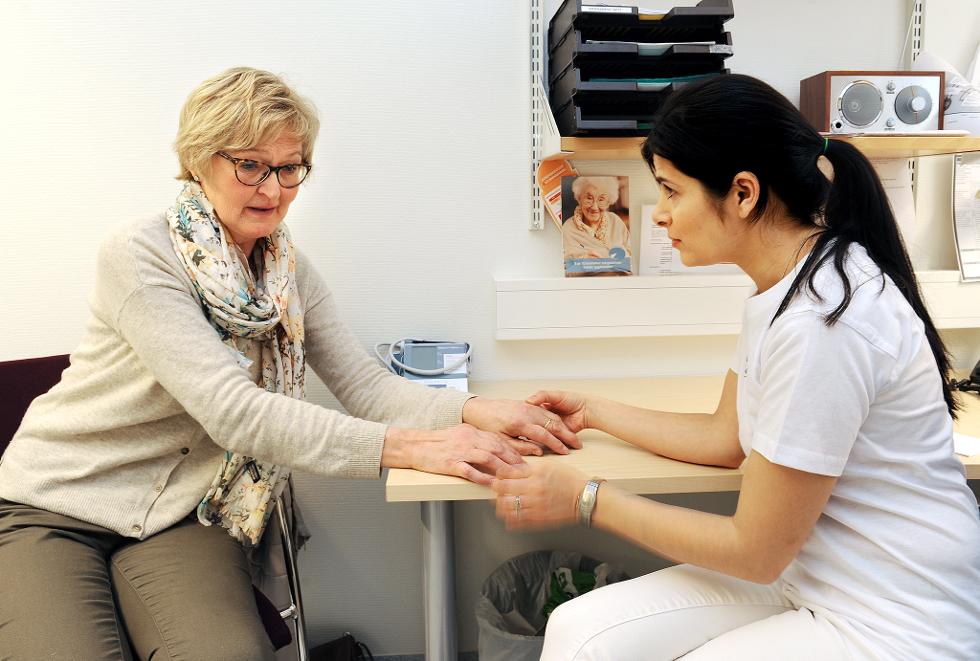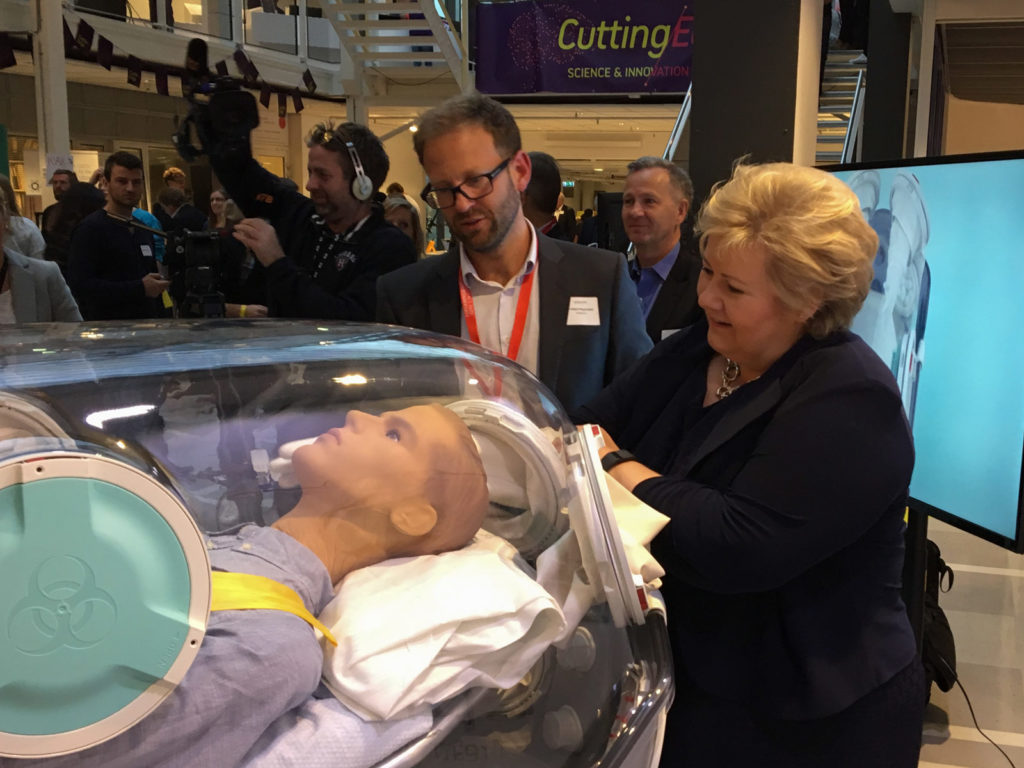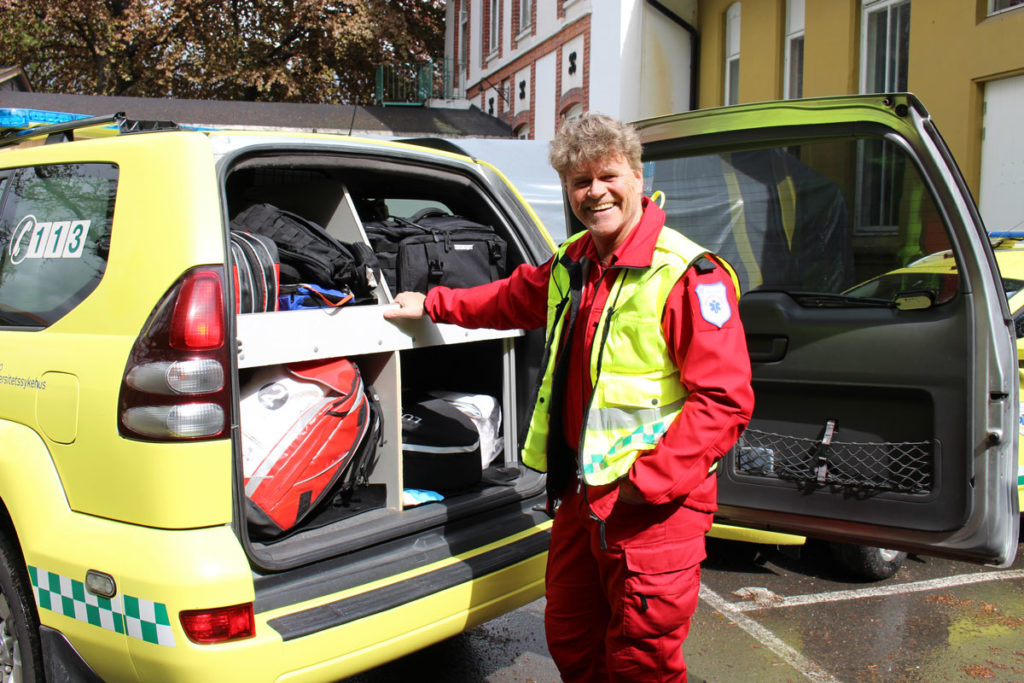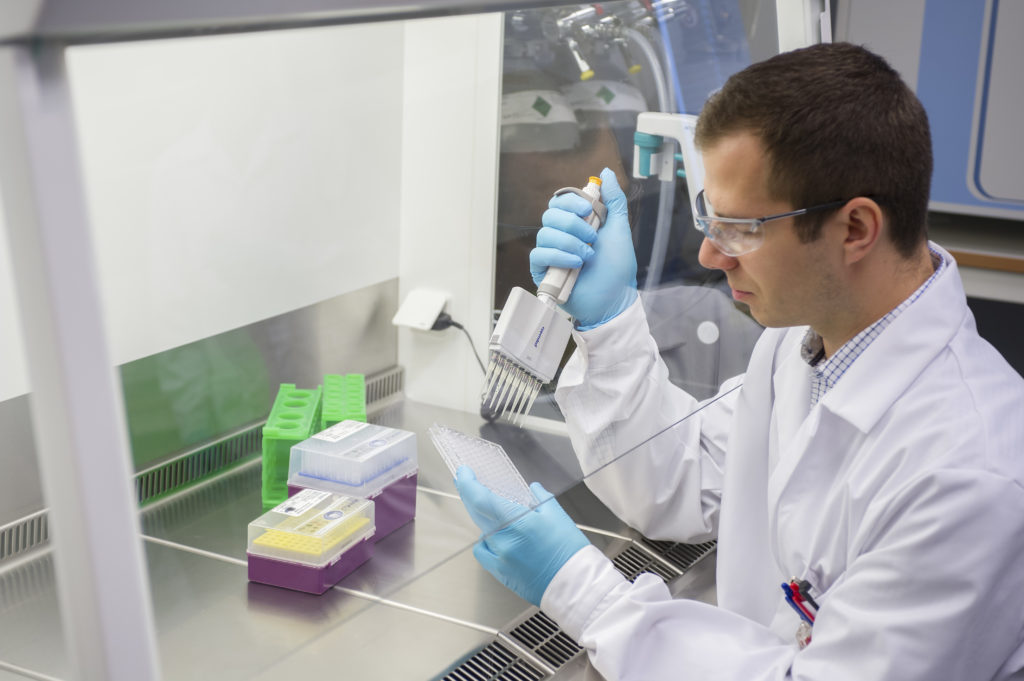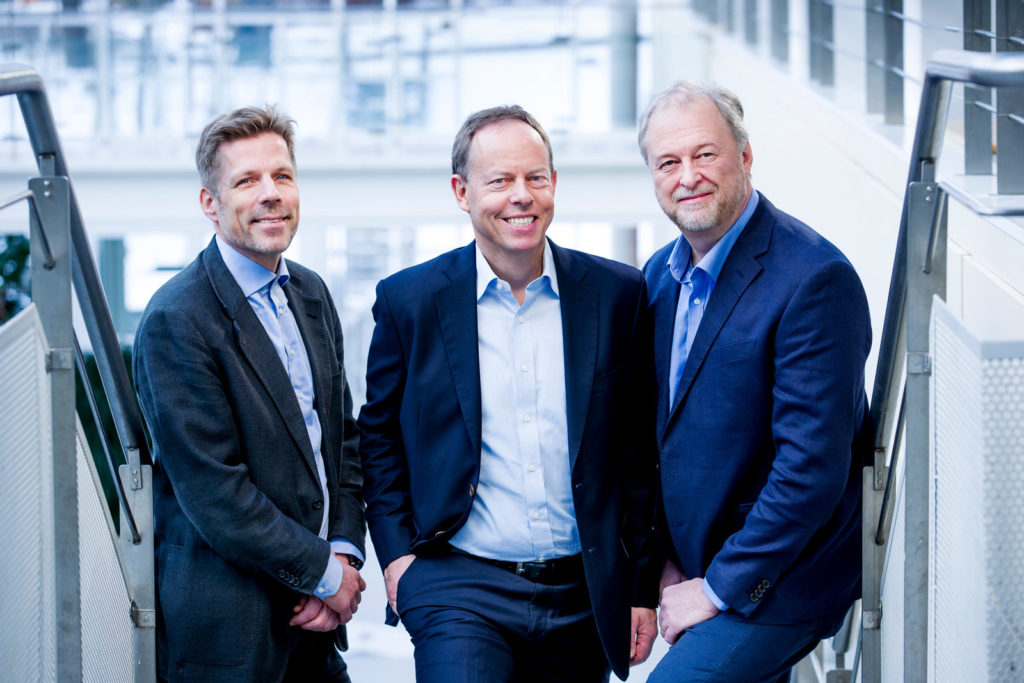Elliptic Lab’s website contains an overview of media coverage of the company, which you will see is dominated by international news from 2016. The company, which was spun out of the University of Oslo, made its definitive breakthrough when the Chinese mobile phone company Xiaomi launched the world’s first smartphone with an edge-to-edge display. That would not be possible without Elliptic Lab’s ultrasound technology, which was developed in Norway.
‘What our product, “INNER BEAUTY”, does is to replace the infrared sensor that sits at the top of all smartphones. INNER BEAUTY is based on ultrasound and serves the same purpose as the infrared sensor, for example that the screen is turned off when users hold it up to their ears to talk. INNER BEAUTY is implemented as software inside the phone, however, and works equally well. That is what makes it possible for more than 90% of the screen to be used, compared with less than 70%, which is the norm,’ says Laila Danielsen, CEO of Elliptic Labs.
Started with medtech
Elliptic Labs was established already in 2006, spun out of research in information technology at the University of Oslo. The company that helped Elliptic Labs to get started was Birkeland Innovation, the forerunner to Inven2.
‘Back then, the plan was to commercialise our ultrasound technology for medical technology equipment. We had an idea that surgeons could change the images on a screen using a single, specific movement. The emergence of smartphones has opened up other opportunities,’ says Danielsen.
Elliptic Labs is now in dialogue with a number of mobile phone manufacturers, and it now sees that full-screen devices are becoming the norm. They are also looking at other ways of using the technology in smartphones, by using the underlying technology to deliver touch-free functionalities.
‘We are working with some strategic smartphone providers who wish to gradually introduce this to the market in order to provide good user experiences,’ says Danielsen.
Strong ultrasound expertise in Norway
Today, the company has about 40 employees and branch offices in Shanghai and San Francisco in addition to Oslo. Danielsen states that the technological development takes place in Norway because of the strong local expertise in ultrasound, among other things because of the oil industry and the use of ultrasound in seismic surveys.
‘2017 will be an exciting year. We are focusing on scaling to ensure that we reach a broad market. There is no doubt that we have the key technology needed to enable full-screen mobile phones,’ Danielsen concludes.
Media coverage
NRK: https://www.nrk.no/urix/norsk-selskap-gjor-banebrytende-mobiltelefon-mulig-1.13194640
Aftenposten: http://www.aftenposten.no/okonomi/Norsk-ultralyd-inntar-n-av-verdens-storste-mobilprodusenter-607489b.html
International coverage:
https://www.engadget.com/2016/10/25/xiaomi-mi-mix/
http://mashable.com/2016/10/25/xiaomi-mi-mix-phone-innovation/?utm_cid=hp-n-1#Se3Etq2HVOqG
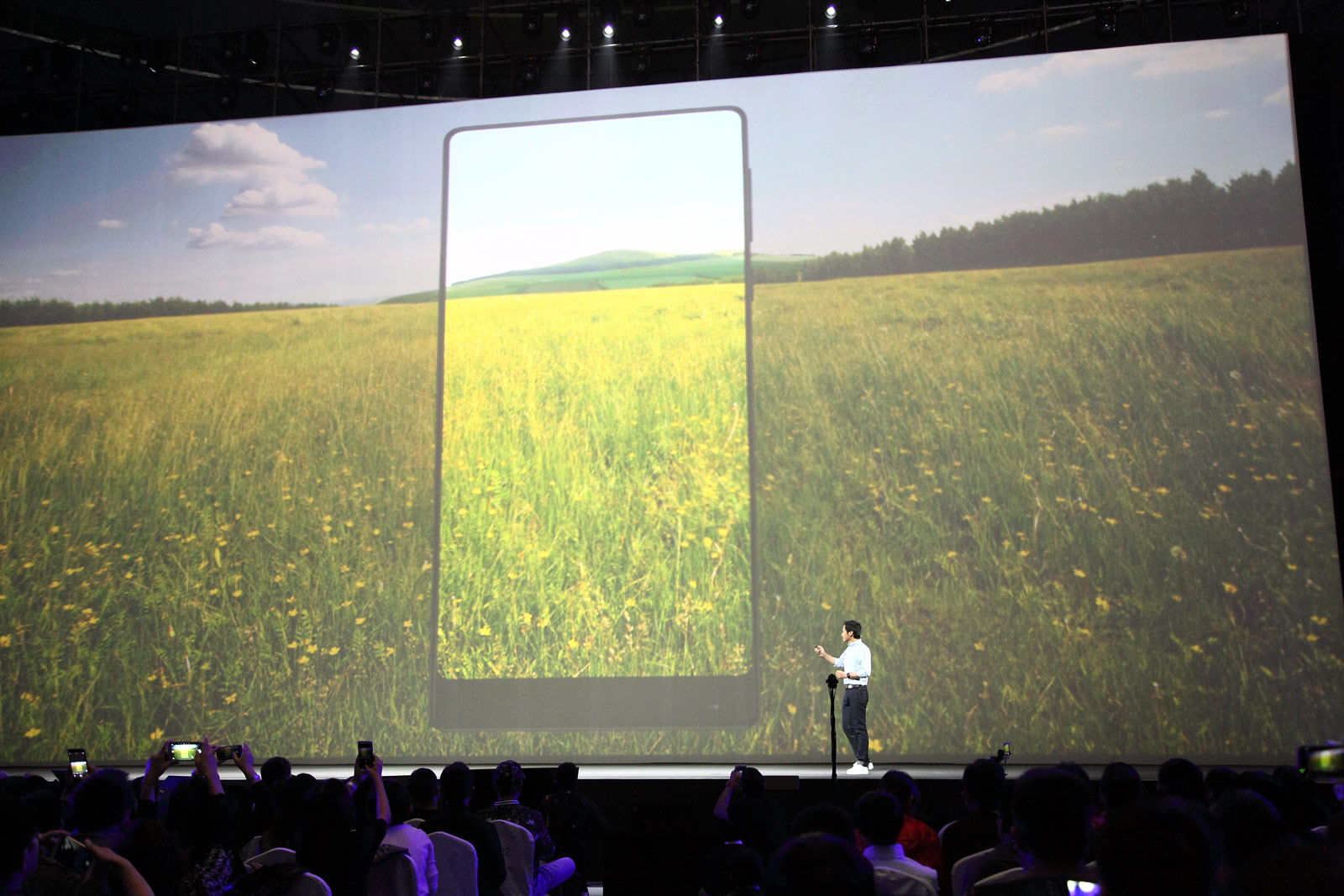



 Norsk
Norsk
